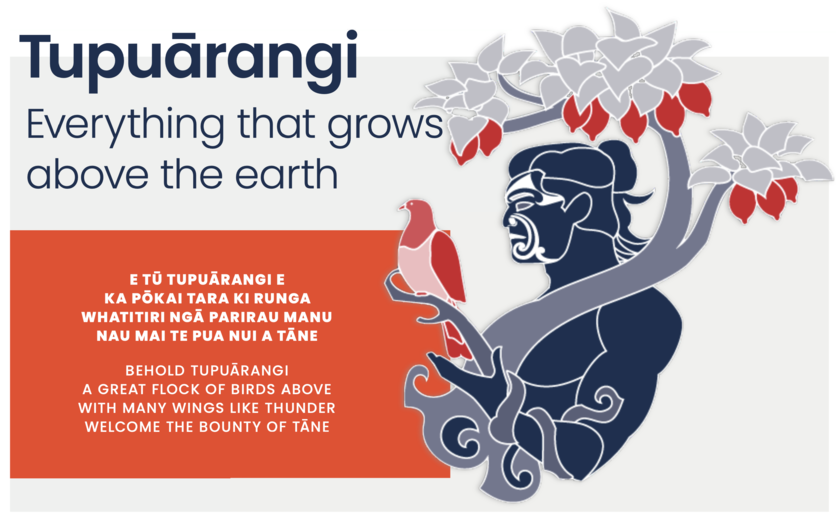Each whetū in Te Kāhui o Matariki – the Matariki star cluster – is associated with an aspect of wellbeing and the environment. Aotearoa New Zealand’s Ministry for the Environment and Stats NZ use the whetū to report on the health of te taiao in Environment Aotearoa 2022.
The report introduces each whetū with a personified image and a whakataukī.
This cross-curricular activity encourages students to explore the written and visual components of the whetū and whakataukī and how each represents the science and wellbeing that underpins the environmental domain. Students are also encouraged to create their own illustration and whakataukī or poem for an environmental domain of local or personal interest. If desired, students can use images of individual whetū. The images are available in the Word and PDF files (see links below).
In this activity, students consider the written and visual components of representations created for Environment Aotearoa 2022 and create a bespoke representation of their own.
By the end of this activity, students should be able to:
- discuss the purpose of the representation
- discuss how the representation presents its message via written word
- discuss how the representation presents its message via visual images
- create an illustration, whakataukī or poem to represent their own thinking or feeling regarding an aspect of te taiao.
Download the Word file (see link below). You can also download separate PDF versions of the images and whakataukī.
Nature of science
Communication in science takes many forms, depending on the intended audience. Presenting information in visual form or by using different literary styles can be useful ways to create engagement and build understanding of science knowledge.
Related content
Each whetū is supported by an article that explores the environmental domain that it represents, connections to our wellbeing, environmental indicators of its present state and mātauranga and te ao Māori perspectives. Access the articles here.
The Science Learning Hub team has curated a collection of resources to support Matariki and Environment Aotearoa 2022. This collection provides additional context and pedagogical insights. Log in to make this collection part of your private collection, just click on the copy icon. You can then add additional content and notes and make other changes.
The PLD article Literacy through science has curriculum information and pedagogical advice when creating cross-curricular learning experiences.
The topic literacy through science curates activities that have strong literacy components.
We also curated a selection of bilingual and reo Māori infographics and diagrams in this handy collection. Visual representations provide excellent opportunities to develop literacy practices and learn new information.
Te Kāhui o Matariki – introduction – curates our Matariki sources in one location!
Useful link
Stats NZ and the Ministry for the Environment report on different aspects of Aotearoa New Zealand’s environment every 6 months. Access their reports here.
Acknowledgement
This resource has been produced in collaboration with the Ministry for the Environment and Stats NZ.


